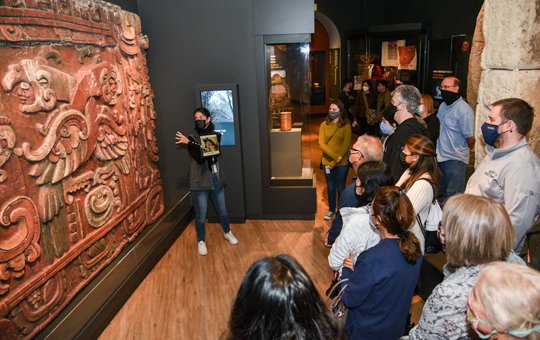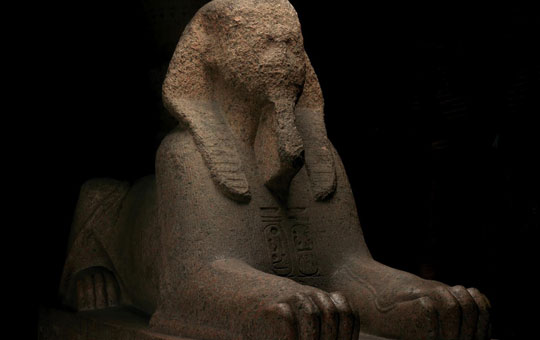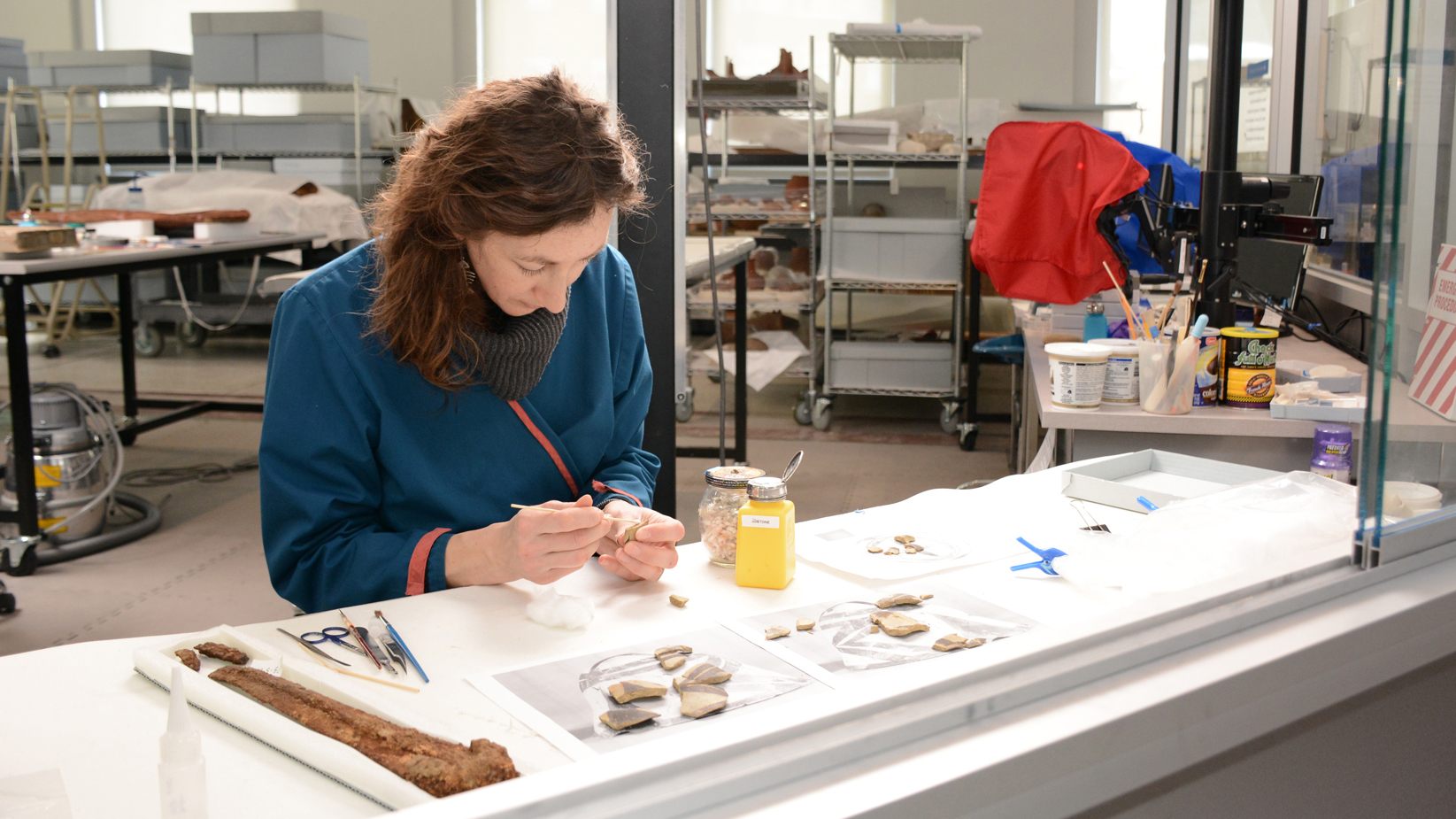This page is undergoing maintenance.
We strive to make archaeology and anthropology accessible, providing insightful information and telling powerful stories from excavations and research across the world.
While we update our systems and perform maintenance, some digital collections and resources might be unavailable.

From festivals and after-hours happenings to classes and talks, we have something for all ages—all year round.
View Events
Access collections that document global human history. Explore information, images, archival films, and more.
View Collection
Hear from archaeologists, conservators, students, and our community as they share their stories, research, projects, and prospectives on our blog.
Explore Articles